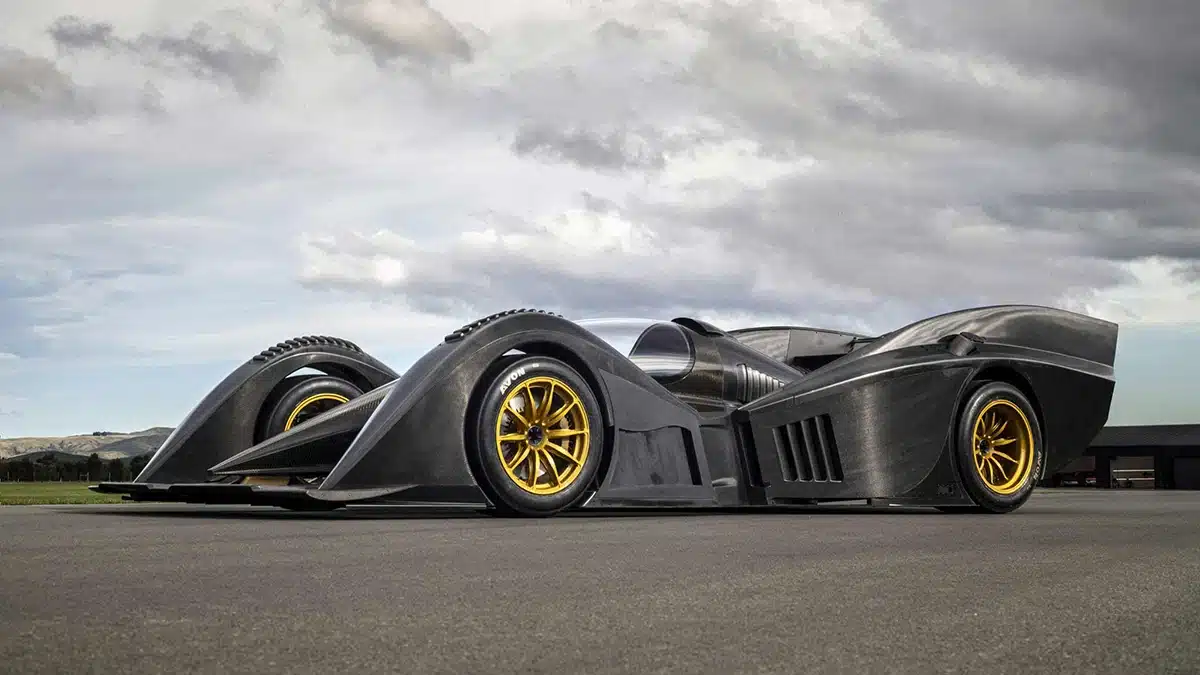The Beetle has one of the most intriguing histories of any automobile. The rise to become a symbol of love and peace in the sixties is all the more surprising when you examine the early history of this much-loved car.
The original Beetle began in wartime Germany in 1938, four years after Hitler had contacted Ferdinand Porsche with his plans to build a ‘people’s car’ for a new ambitious road network. The desire was for a car that would be able to eventually be owned by every citizen through hard work and a saving stamps instalment plan, with each stamp being collected and stuck into a savings book. Once the book was full, the individual could exchange for a brand new ‘KDF-Wagen’ (as it was known at the time), though unfortunately for those busy saving, the onset of the Second World War meant that not a single stamp book was ever exchanged for a brand new Beetle, with the few Beetle’s produced during wartime entering into military and government hands rather than the hands of the people they were intended for.

Before the ill-conceived idea emerged for stamps, the instruction had been that the Beetle would be manufactured and sold for 1,000 Reichsmarks, though when it became clear that this was simply not possible, a new state-of-the-art factory was built in Wolfsburg in Lower Saxony and the stamp collecting began. This was the birth of what is possibly now the most famous automobile factory in the history of car making.
While mass production of the Beetle ceased during wartime in favour of military output (including the infamous V1 Doodlebug), it was actually the British Army that re-activated car production following the war, with an order for 20,000 Type 1 British Army vehicles. Officers had by fortune found the original factory Beetle blueprints in 1945 while defusing a ‘friendly’ bomb that had been dropped by the allies during part of a wartime targeted attack on the factory.
Production was so efficient, that by March 1946 the Wolfsburg plant had produced its 1,000th Beetle. So spare a thought for those two eagle-eyed British officers, Major Ivan Hirst and Colonel Charles Radclyffe.
The Wolfsburg Factory was subsequently placed back in the hands of Germany in 1949 as the country was once again slowly allowed to begin standing on its own feet, and that order for 20,000 Beetles undoubtedly played a significant part in this crucial regrowth period for Germany.
The original Beetle was a 25hp vehicle with a top speed of approximately 60mph – ample for the road systems of the day, but as the famous Autobahn developed, Volkswagen kept up with power increases to 36hp and later 40hp. The famous rear-wheel drive set up that VW adopted for the Beetle was also an idea that was taken on by the likes of Fiat and Renault too, and production of rear-wheel drive vehicles increased from just 2.6 per cent in 1946 to 26.6 by the mid fifties as the economies of the world continued to recover from war. During this period automobile production demands began to rise steadily as individuals found that they had more income to spend on luxuries such as cars.
By 1960, there were 16,000 Volkswagens being sold in the UK each year and in 1962 the 1 millionth Campervan Transporter was produced in Germany and in 1964 the UK imported its 100,000th Beetle.
So German nerves must have jangled a bit in 1974, as the huge decision was made to end European production of the Beetle (the car continued to be produced in South America). Though any nervous souls at the Wolfsburg HQ wondering what the future would hold need not have been too worried, as the new Beetle’s replacement, the Golf, was as much of a roaring success as its predecessor.
Over its 65-year history, The Beetle became the first car to reach the mighty figure of 21 million units and continued to remain a best seller well into the 1990s. As for the Golf, well, by 2013 in excess of 30 million multi-award winning Golfs had rolled off the VW conveyor belt, having been produced at the famous Wolfsburg factory as well as in VW plants situated in Brazil and Mexico.
The Golf had now outstripped the Beetle in sales – by 2002 it had become Volkswagen’s best selling car, as well as the second best selling car worldwide.
The huge worldwide popularity of the Beetle, the Type 2 Campervan and the Golf has meant that VW’s oldest automobile plant at Wolfsburg has remained a very much in-demand and expanding facility. It now stands as one of the largest manufacturing plants on the planet at a whopping 70 million square feet (5 square kms) and it processes around 1,500 tonnes of sheet metal each working day and produces around 800,000 automobiles a year.
And if you think that’s impressive, the total number of vehicles that the Wolfsburg plant has produced now exceeds the 40 million mark. Today, the plant is so huge that workers even use bicycles to get around the place.
Volkswagen did not forget its slightly fortuitous revival though, and with gratitude, there is now a road close to the factory named after Major Hirst, one of the men who was so instrumental in saving the Beetle from becoming just another relic of wartime and was a catalyst for what was to come.
For more articles like this, receive our weekly e-newsletter, including partner deals and all things motoring, register your email below.
Please note: You cannot subscribe to Smart-Motoring unless you put a tick in the checkbox below to indicate have read and agreed to our privacy policy.














Leave a Reply
You must be logged in to post a comment.